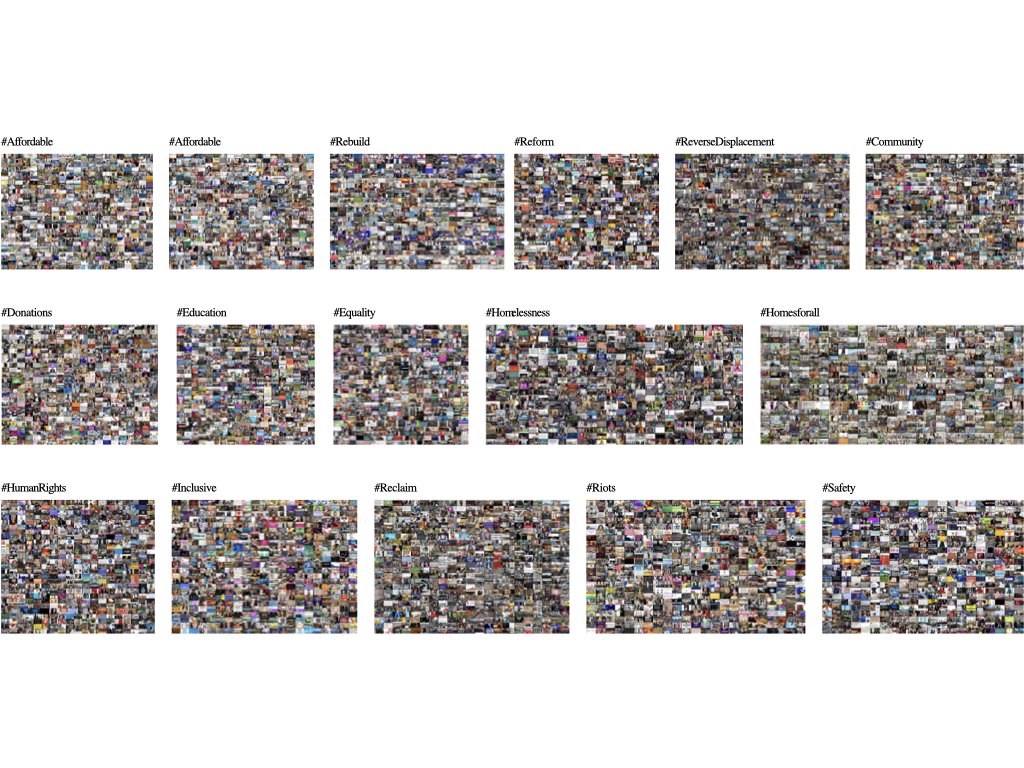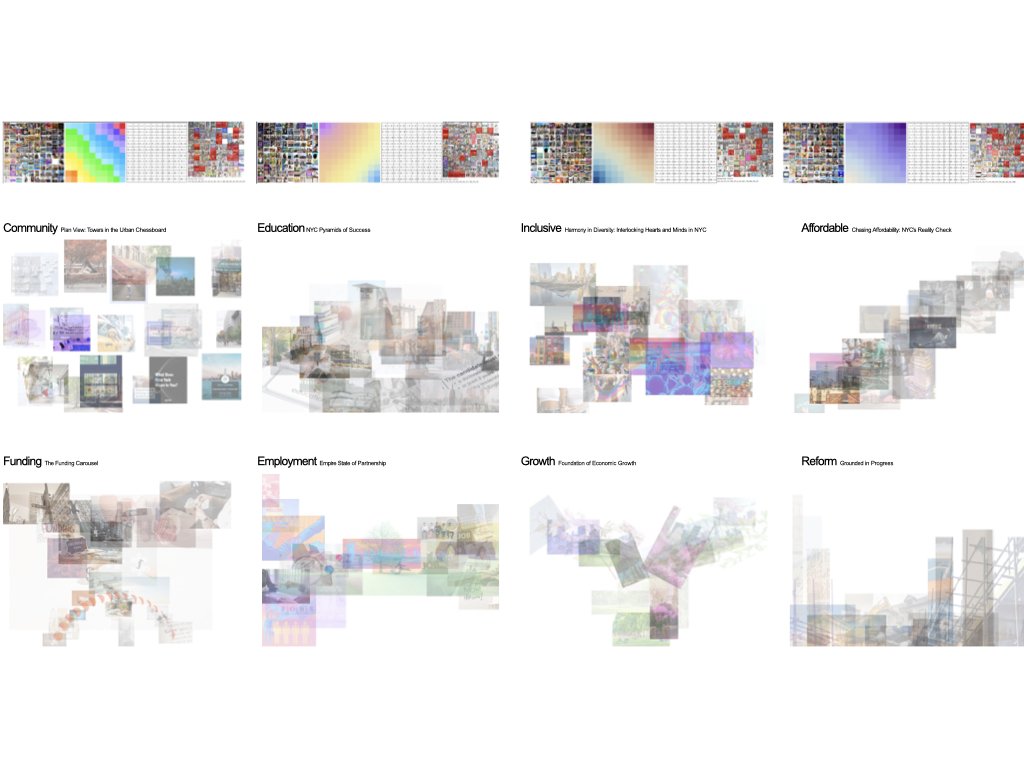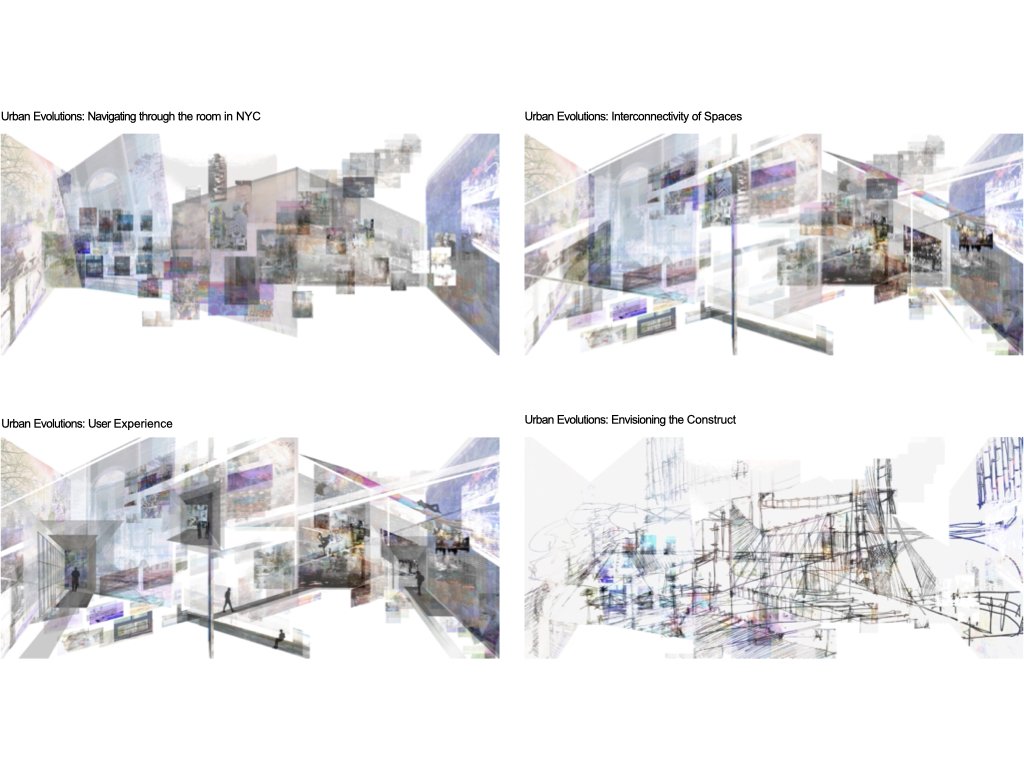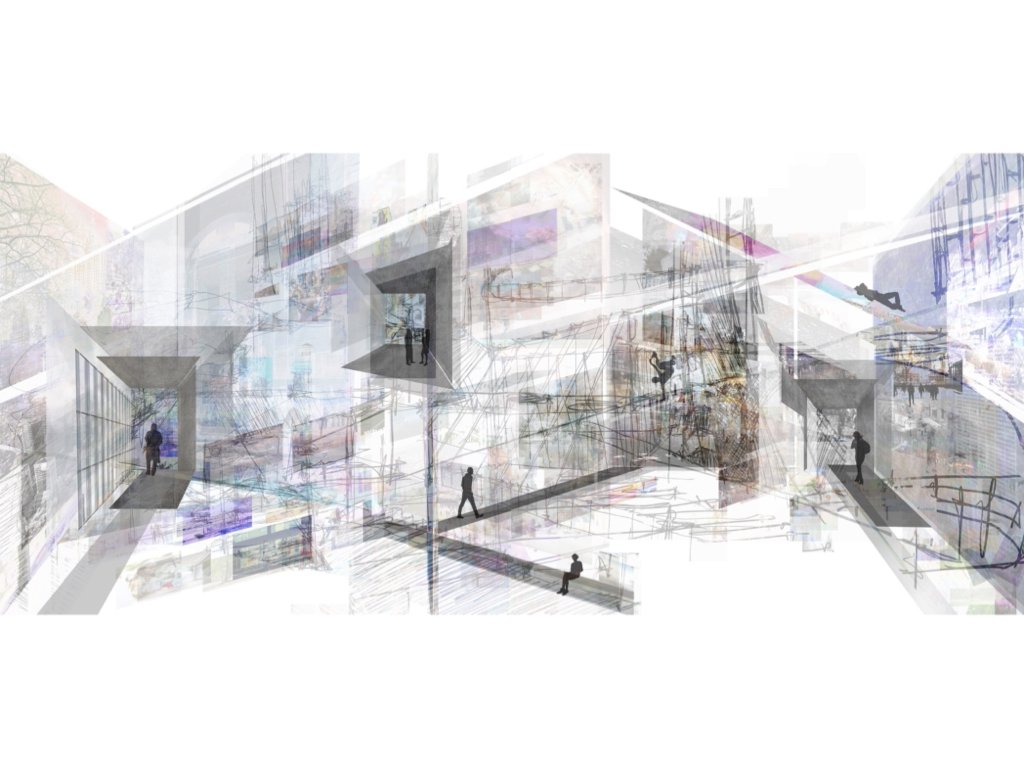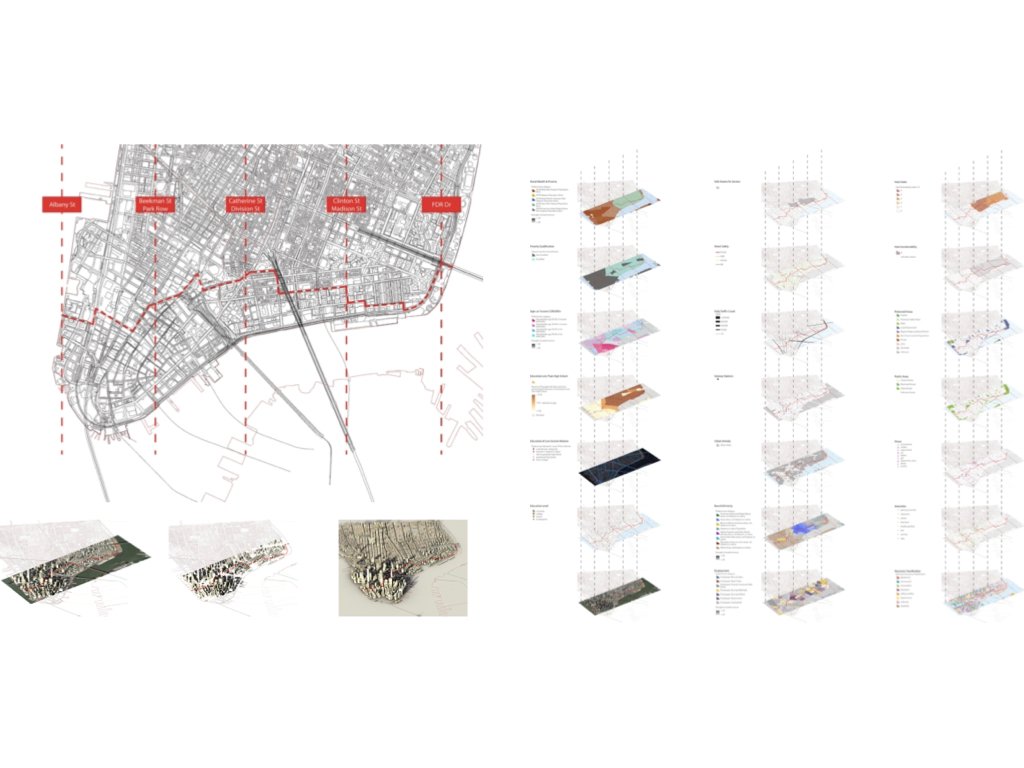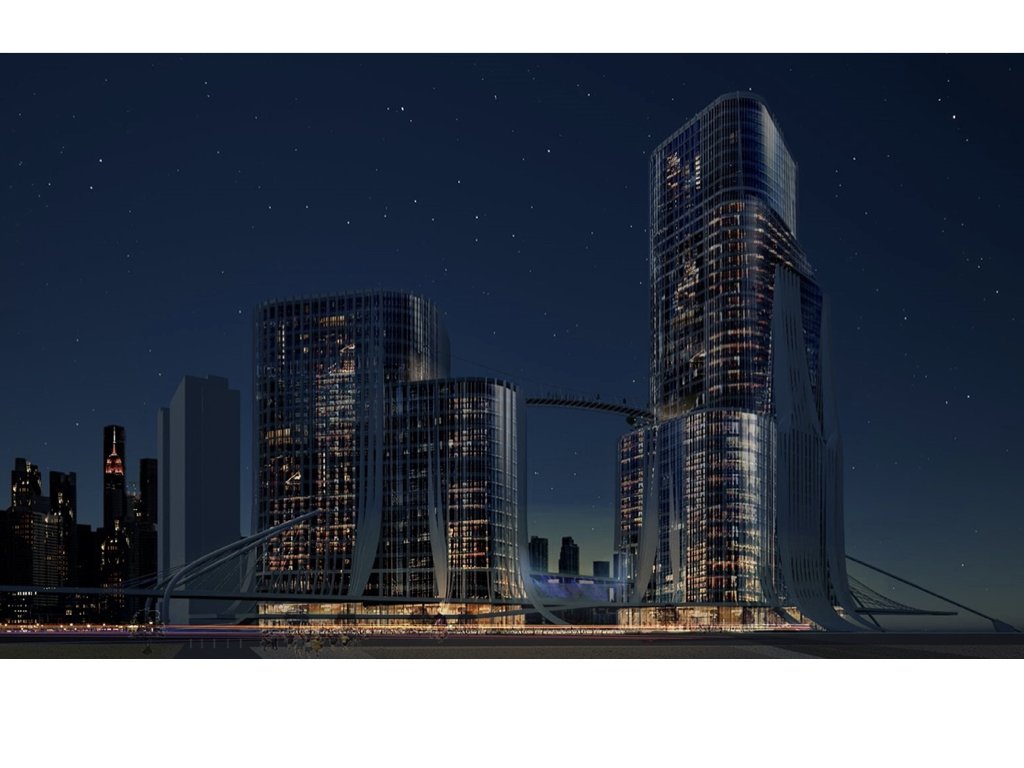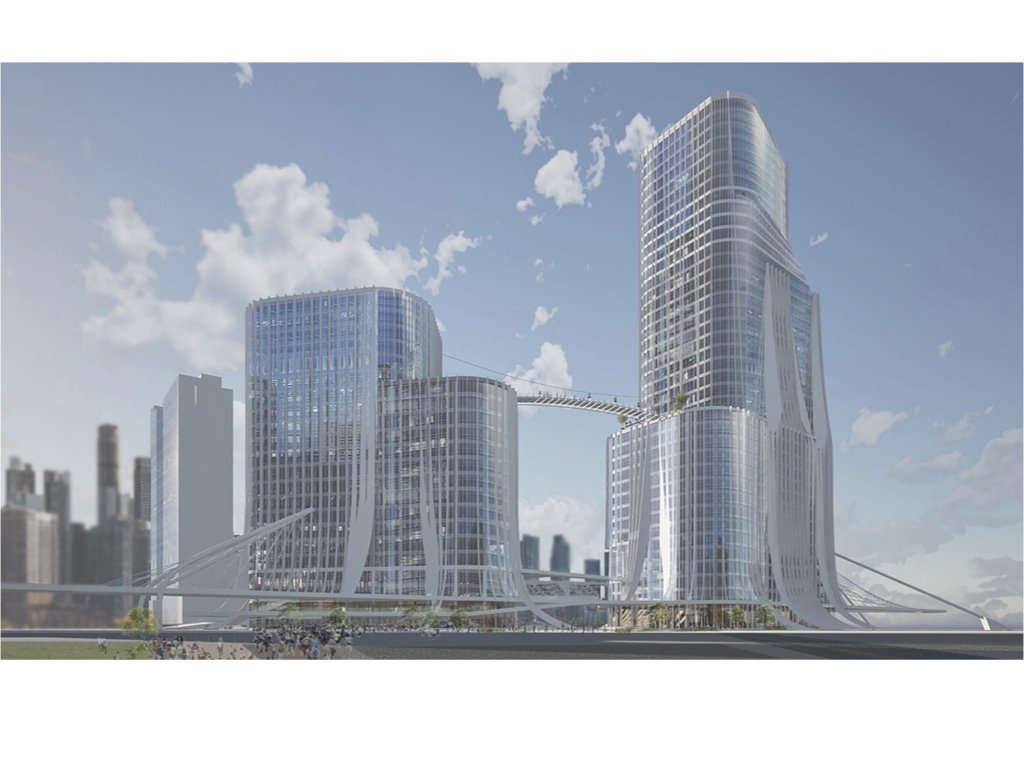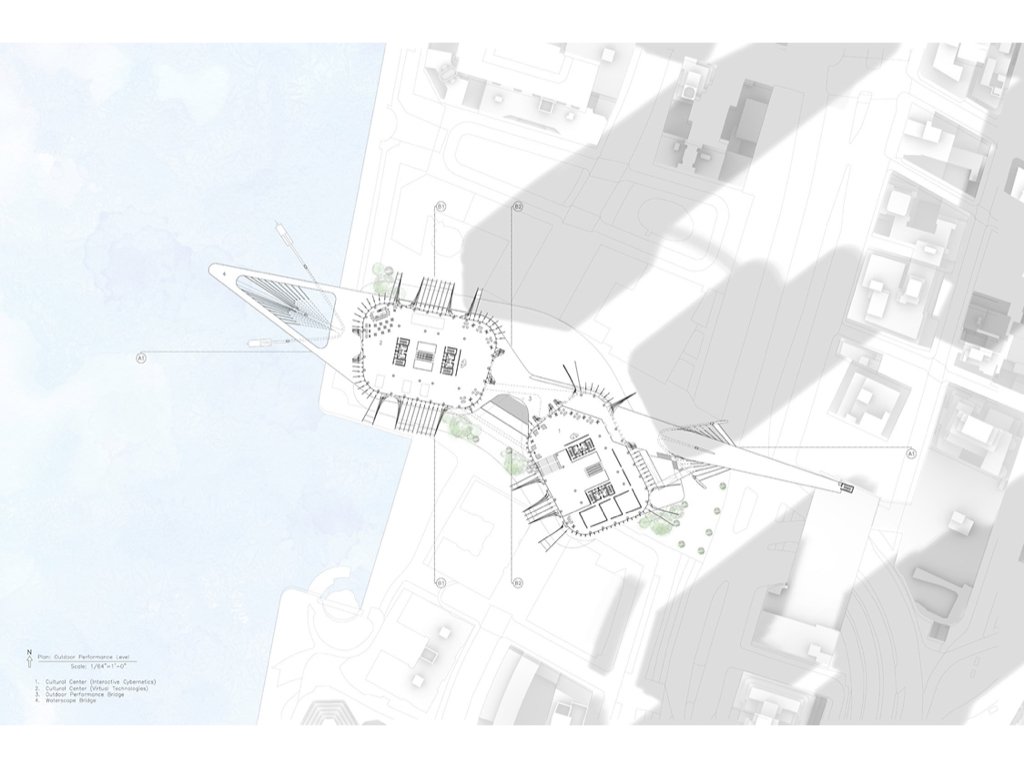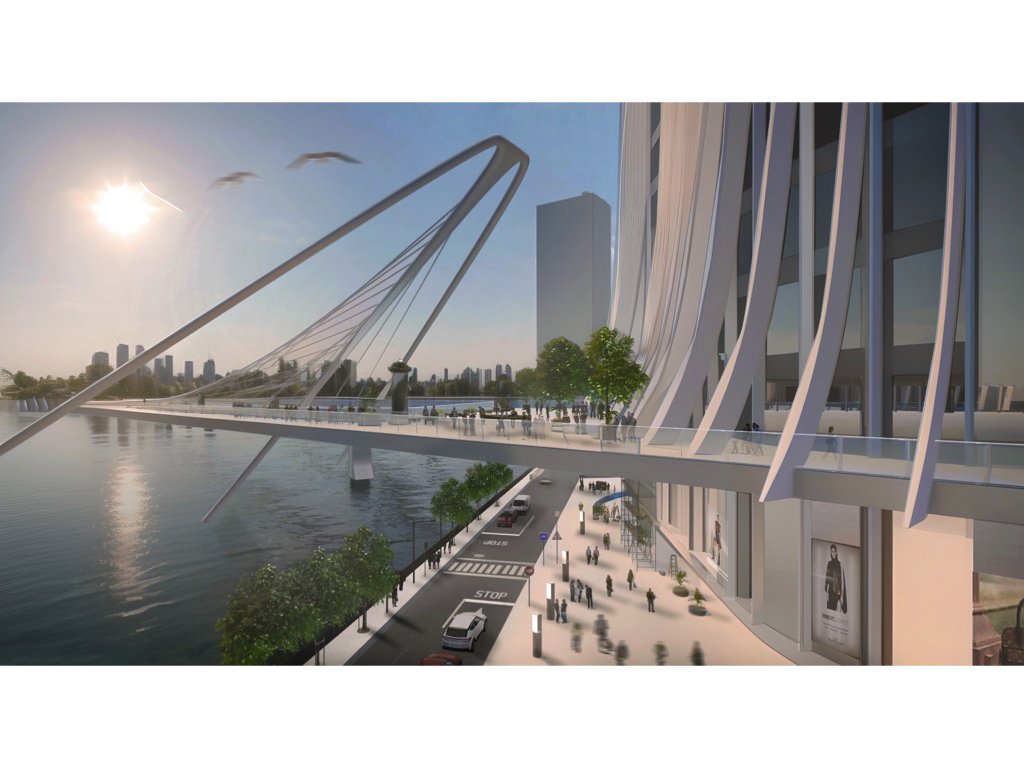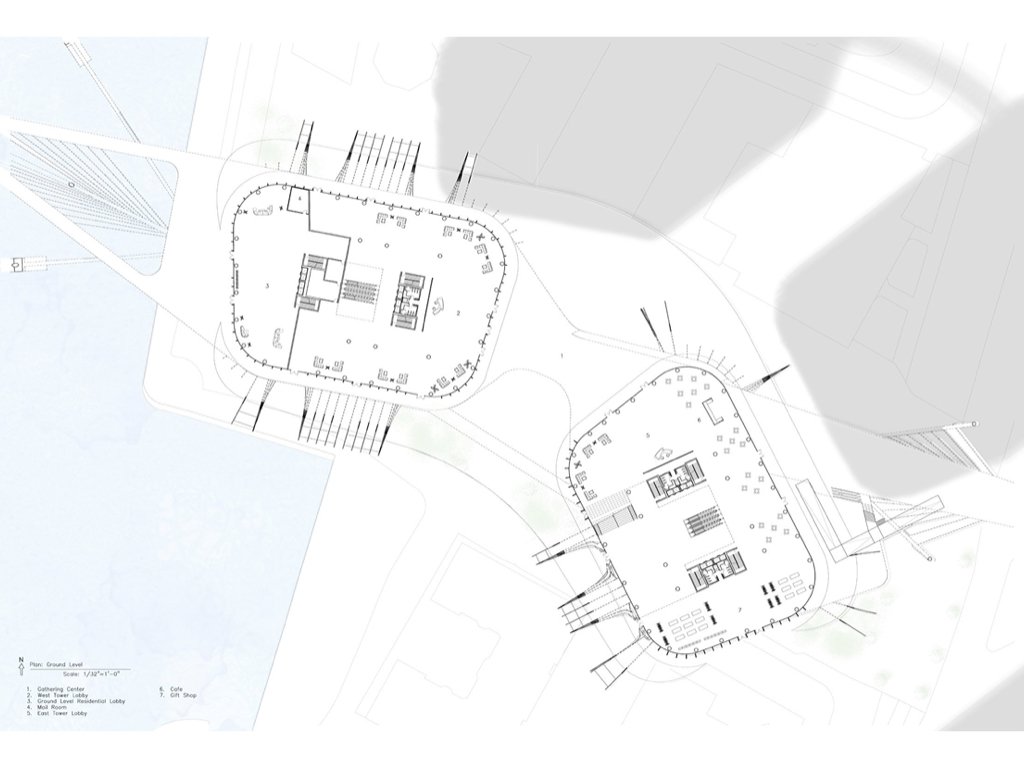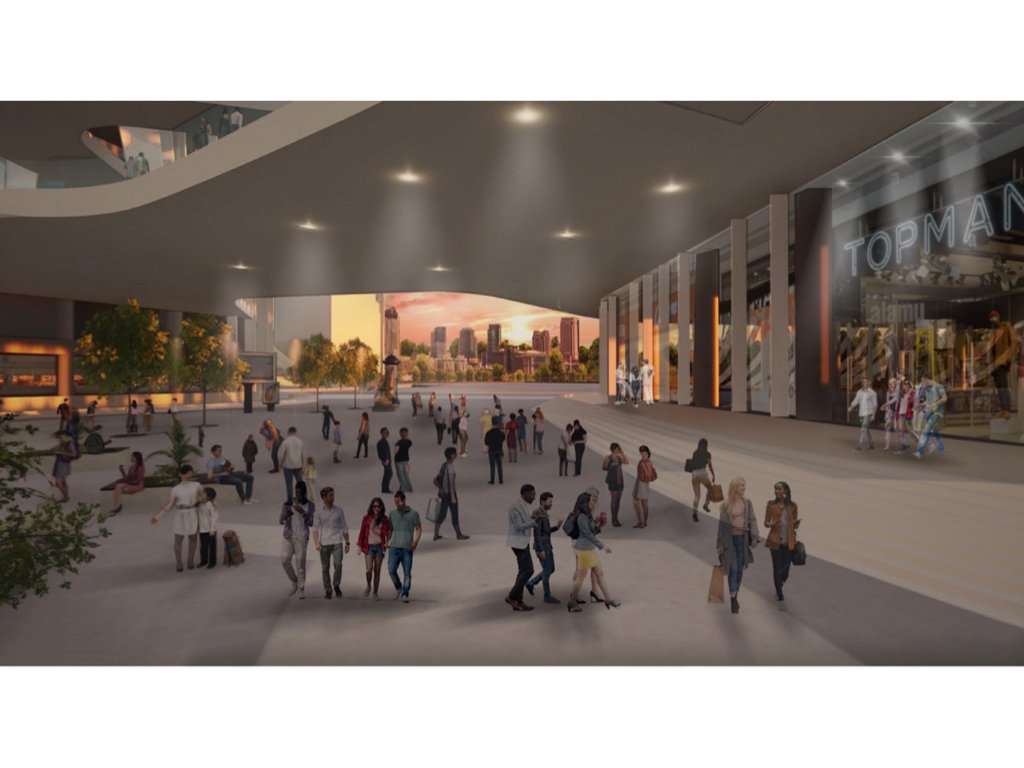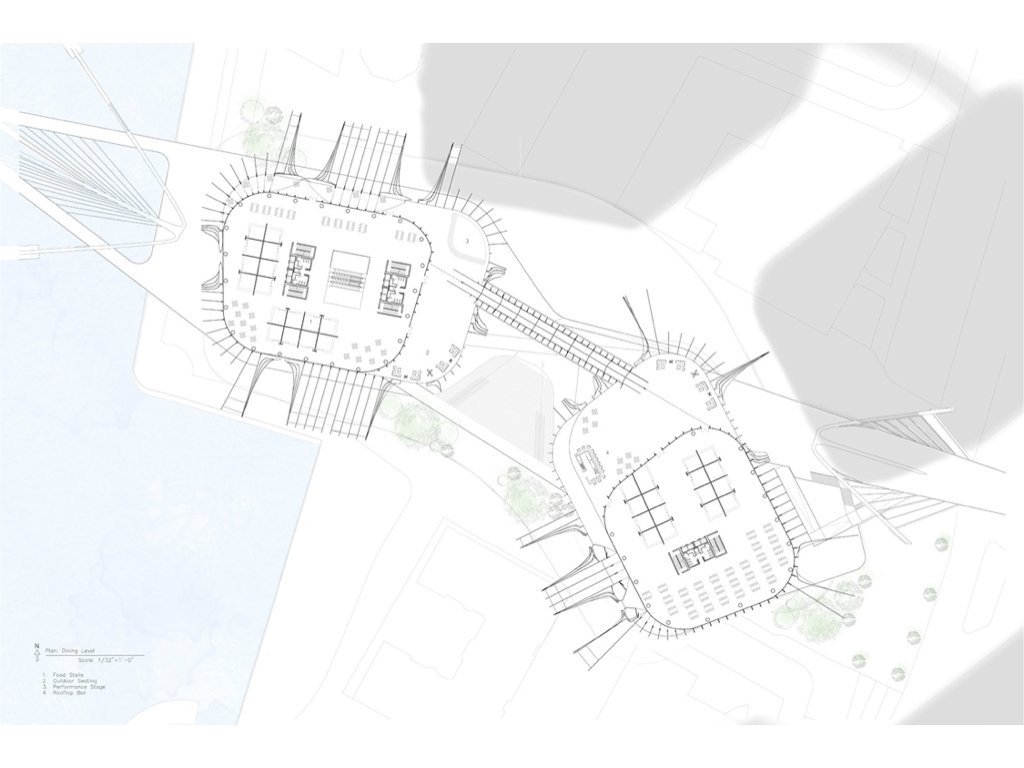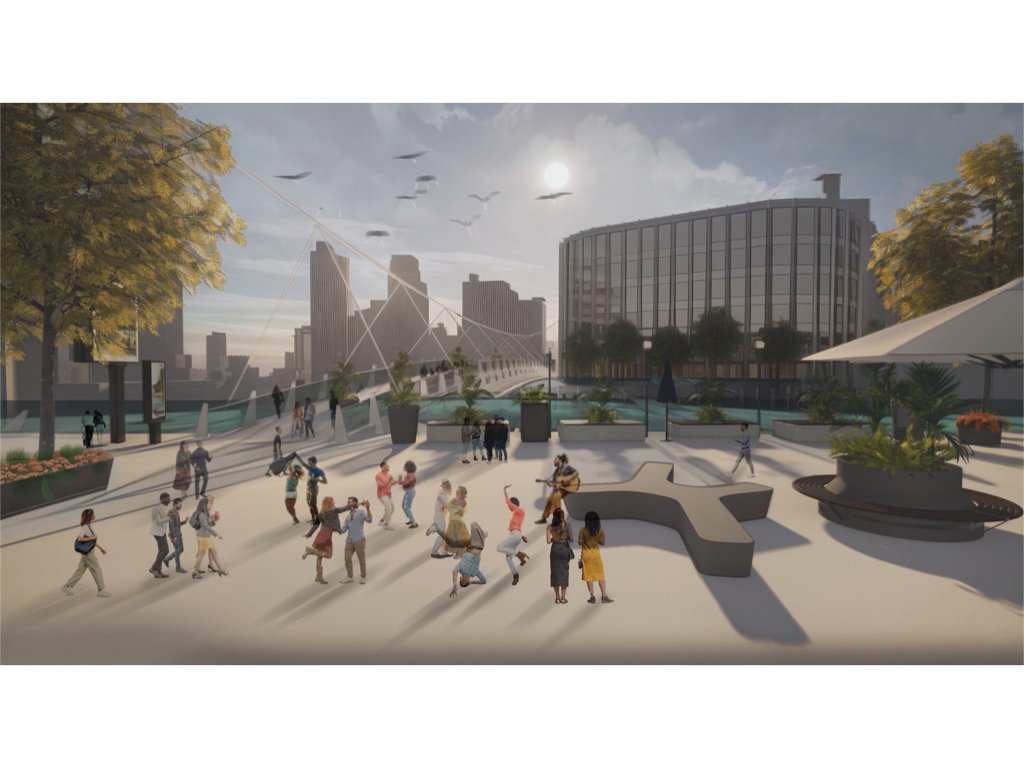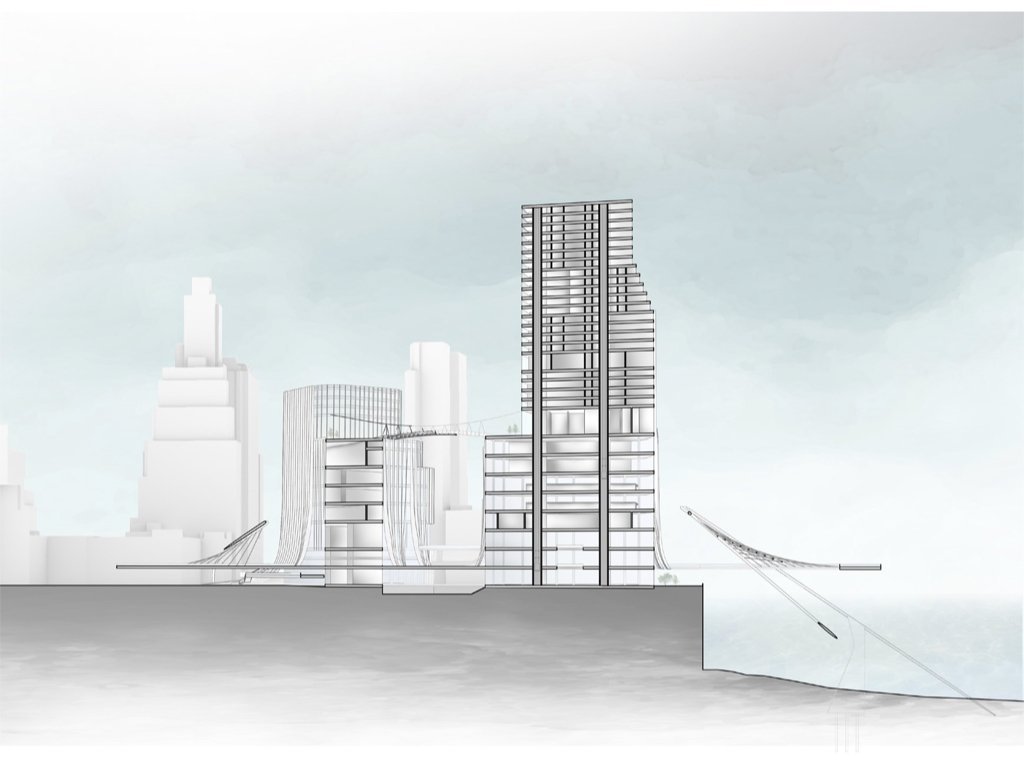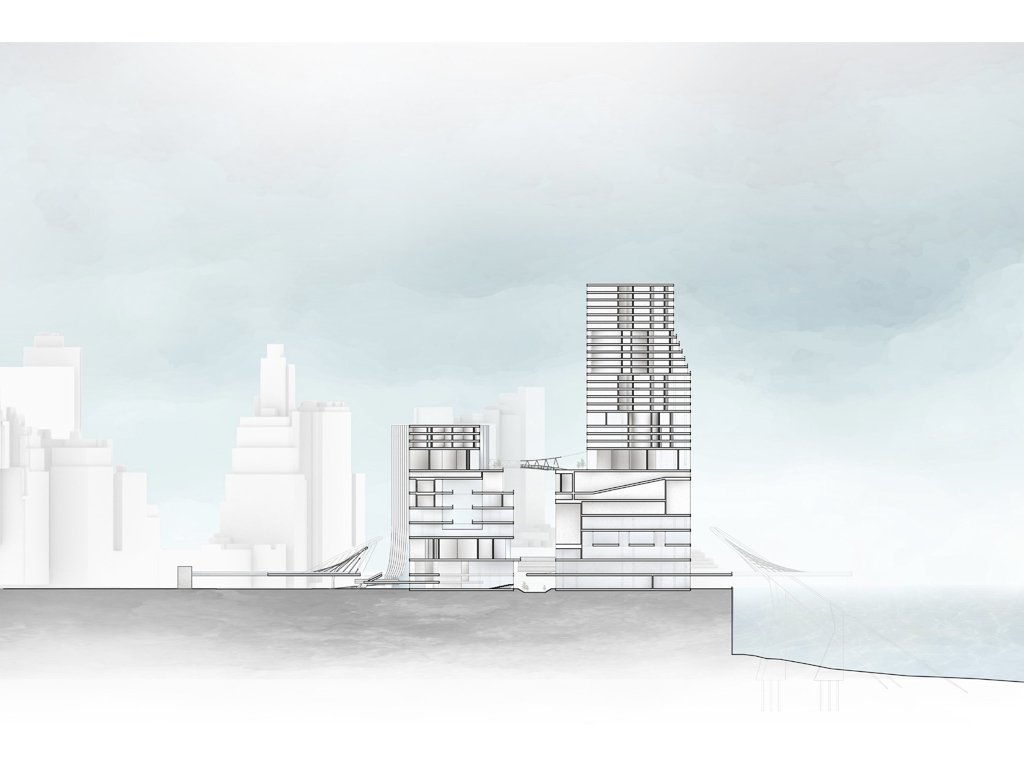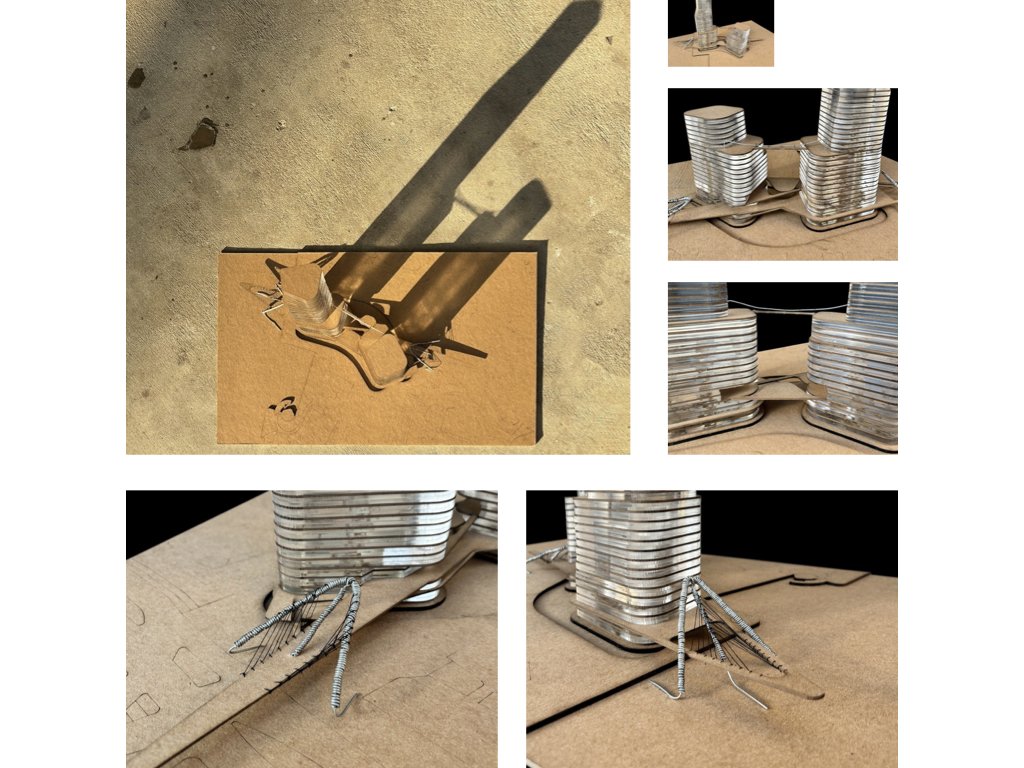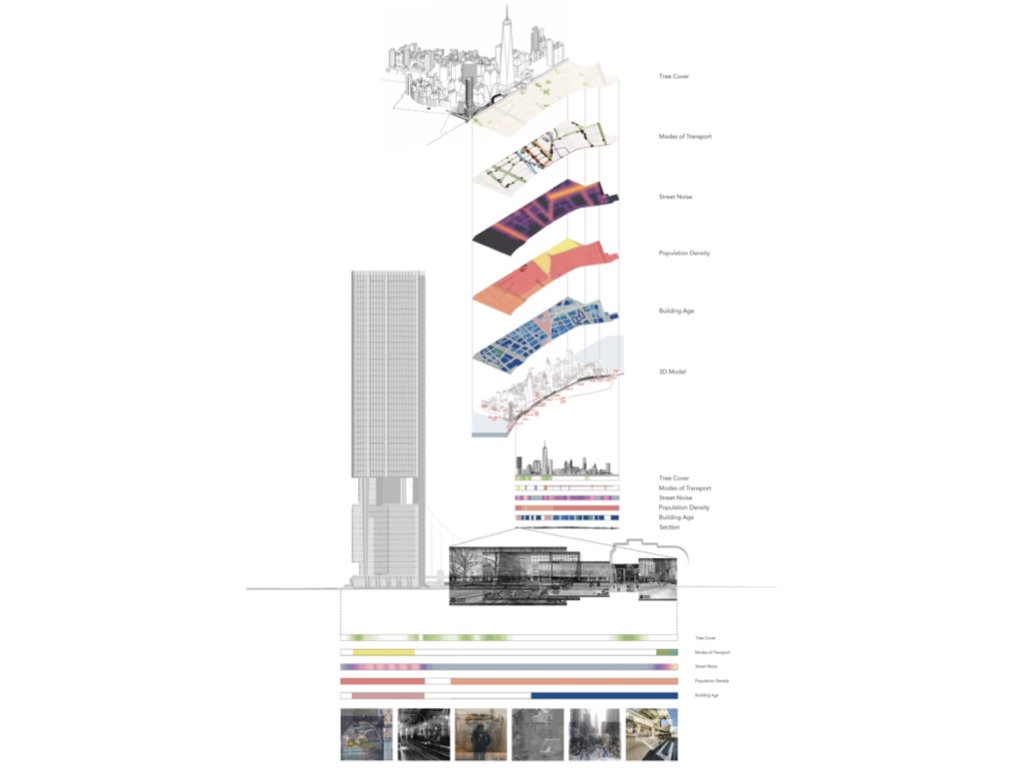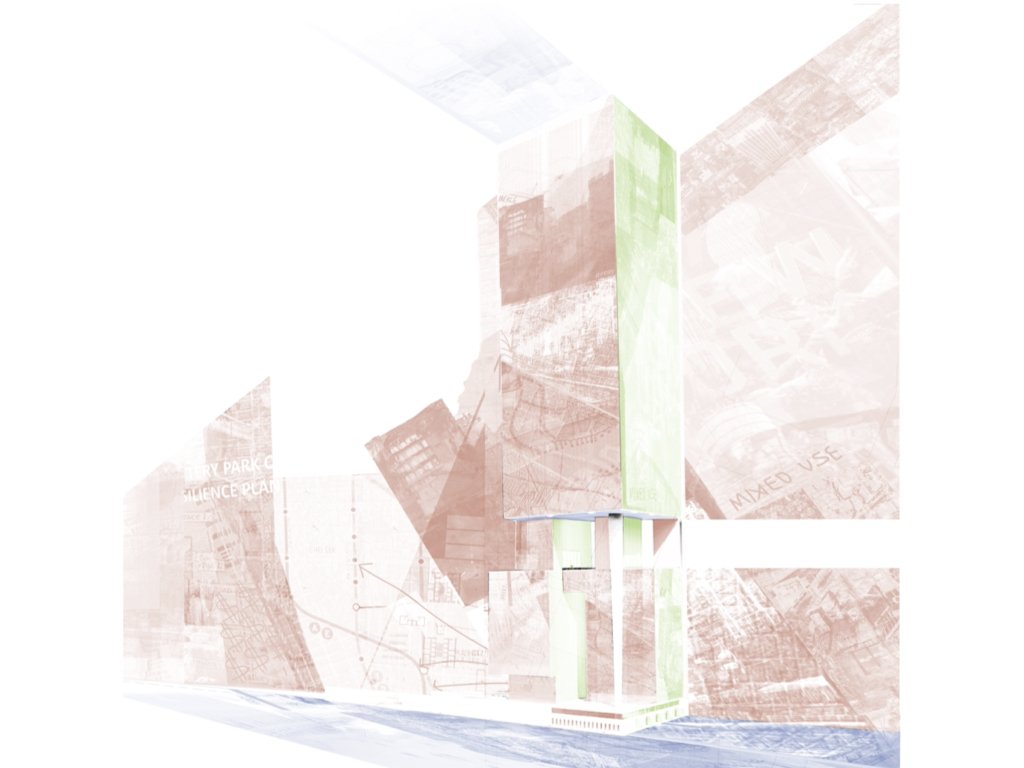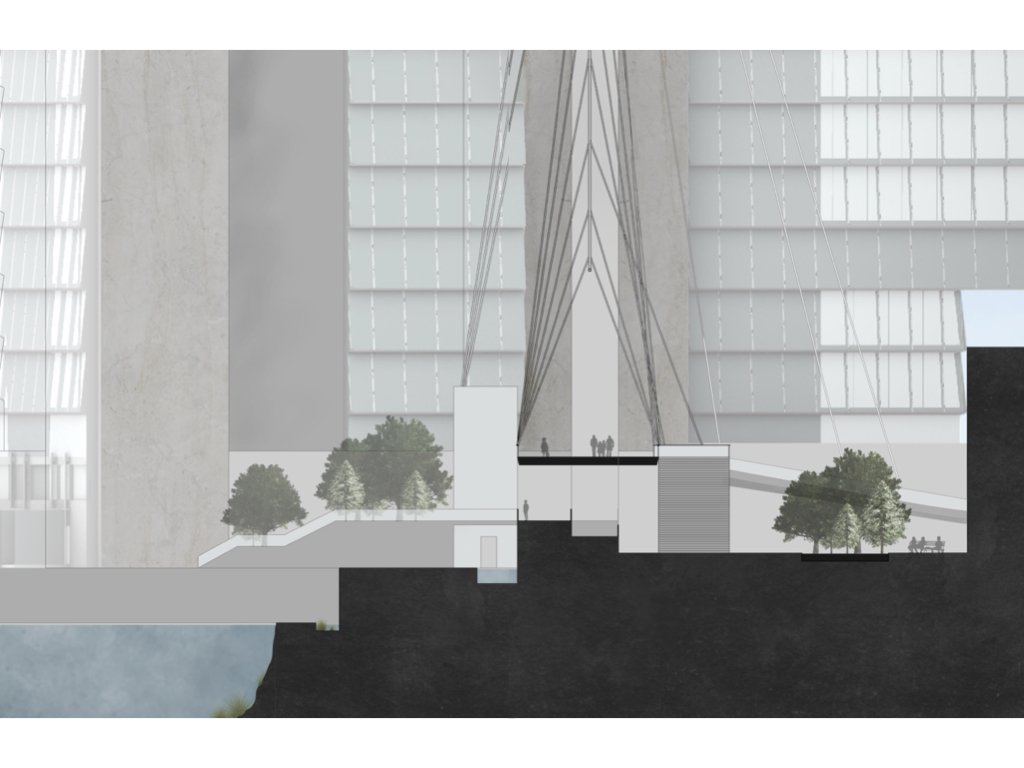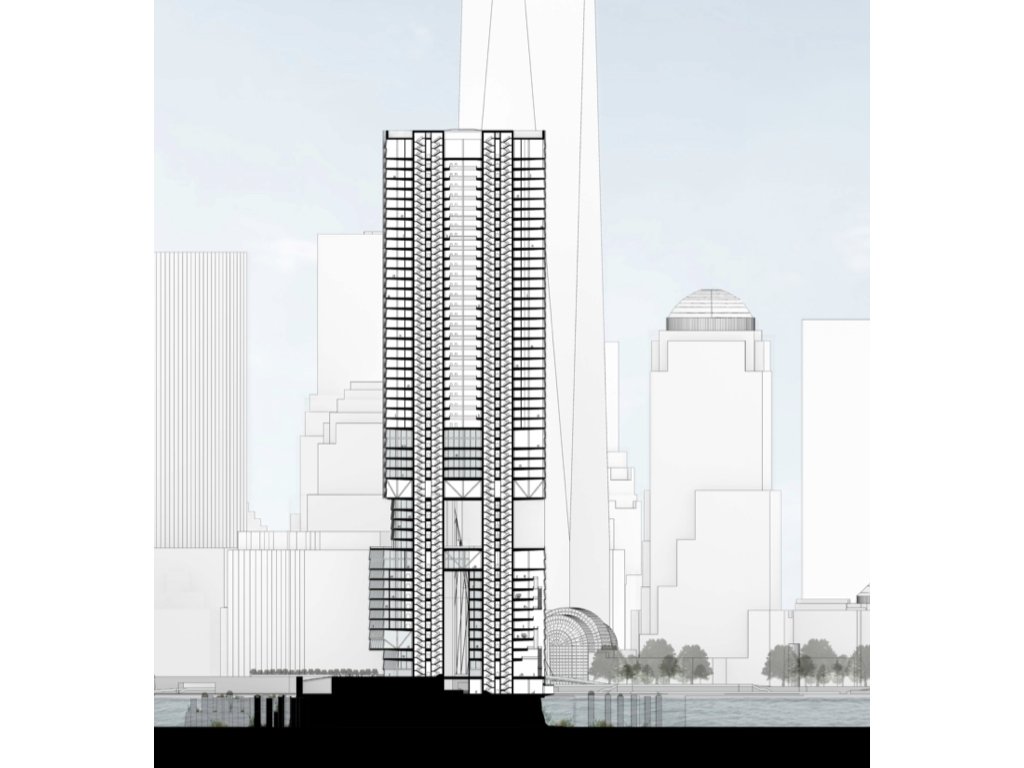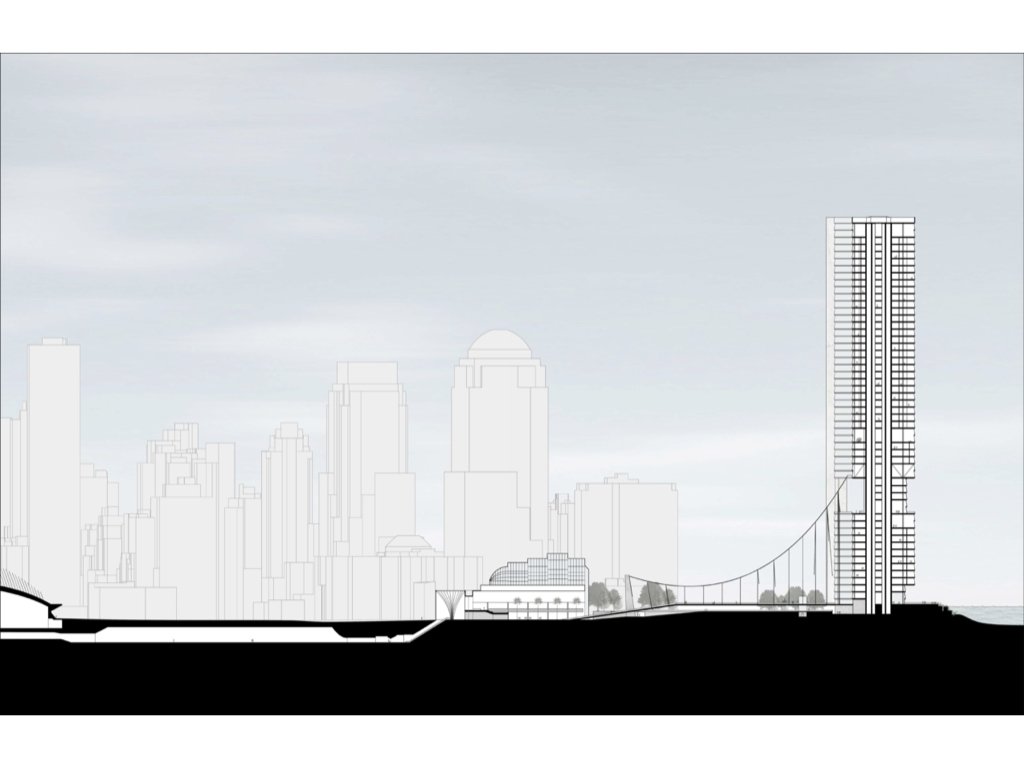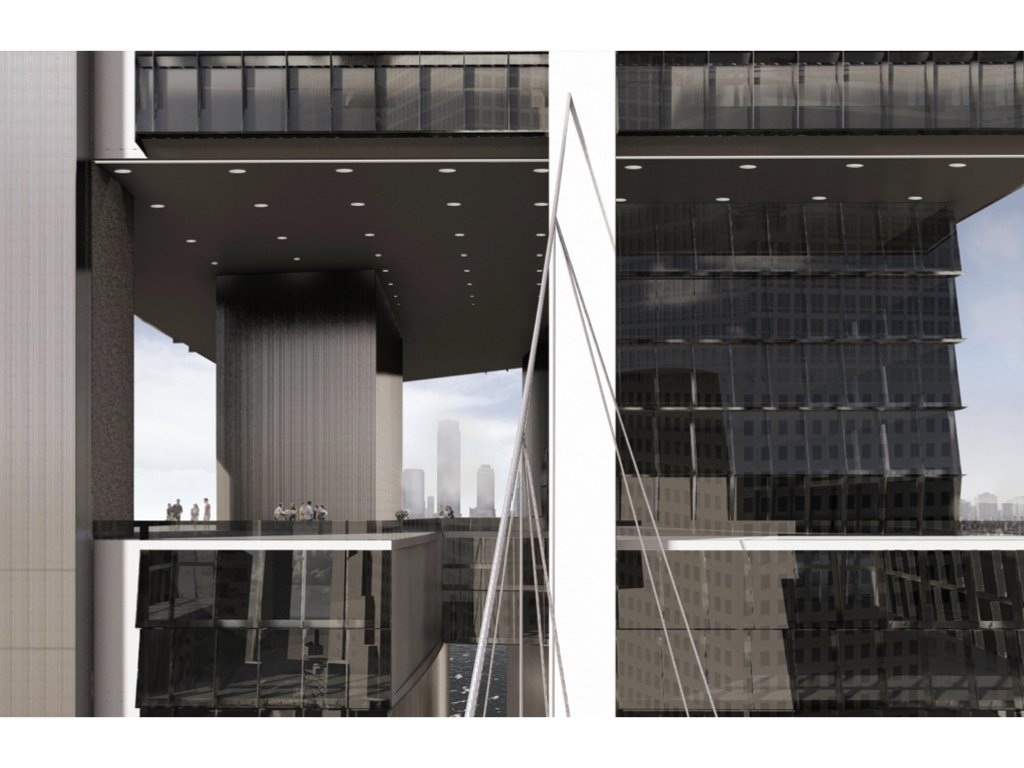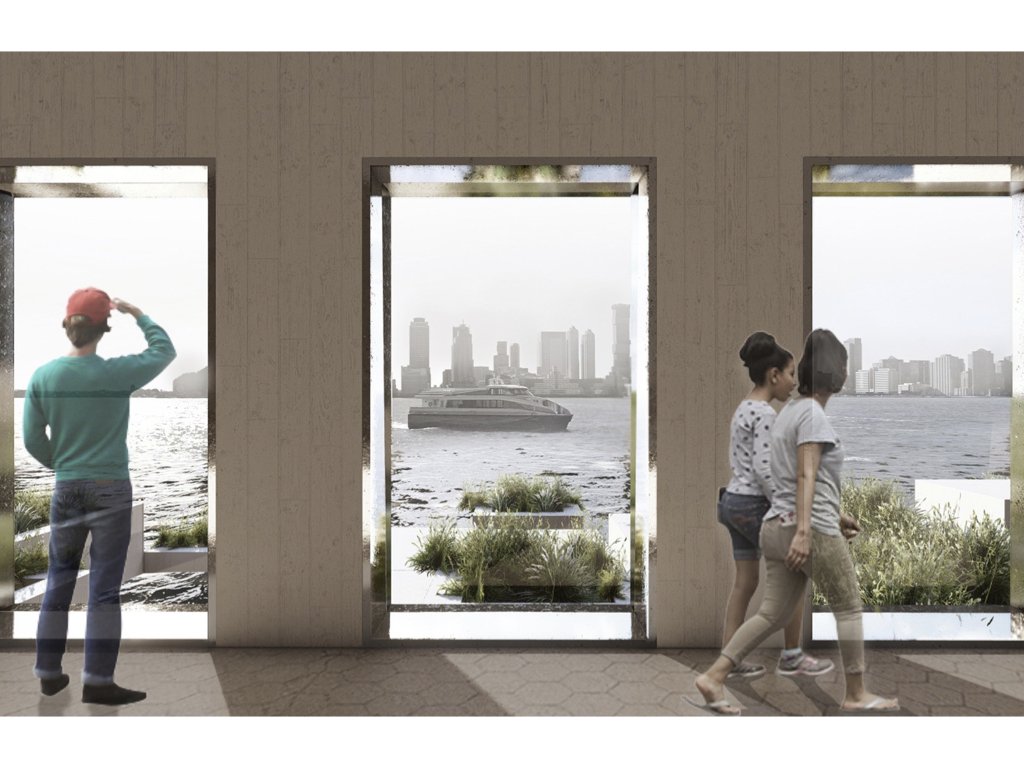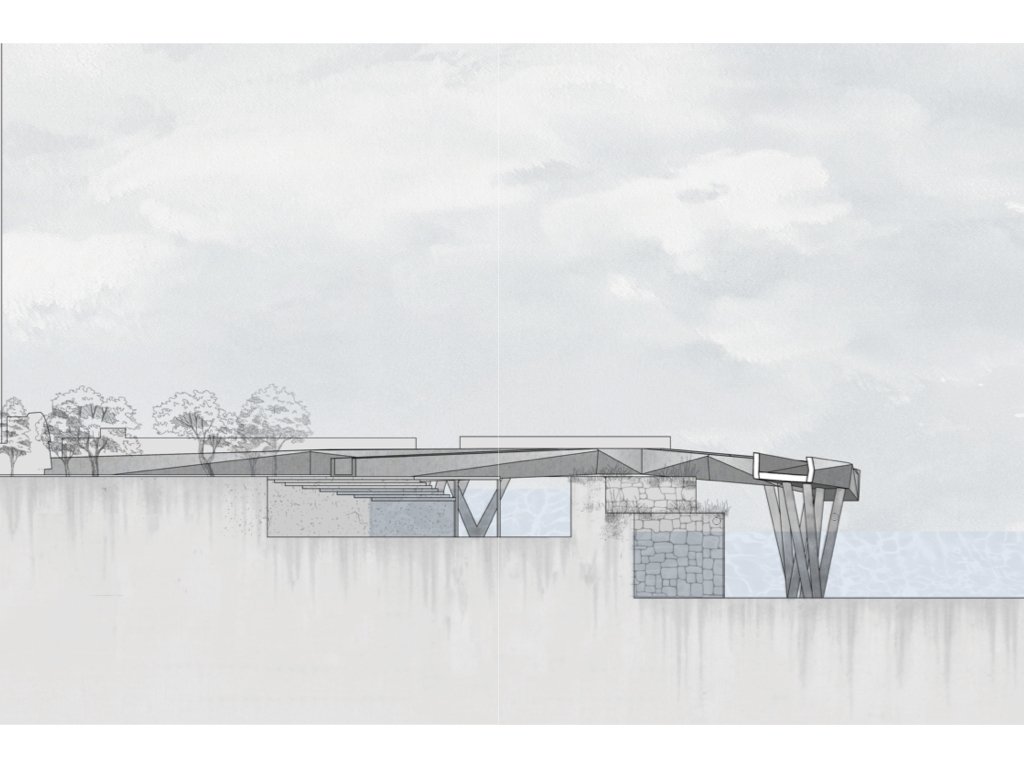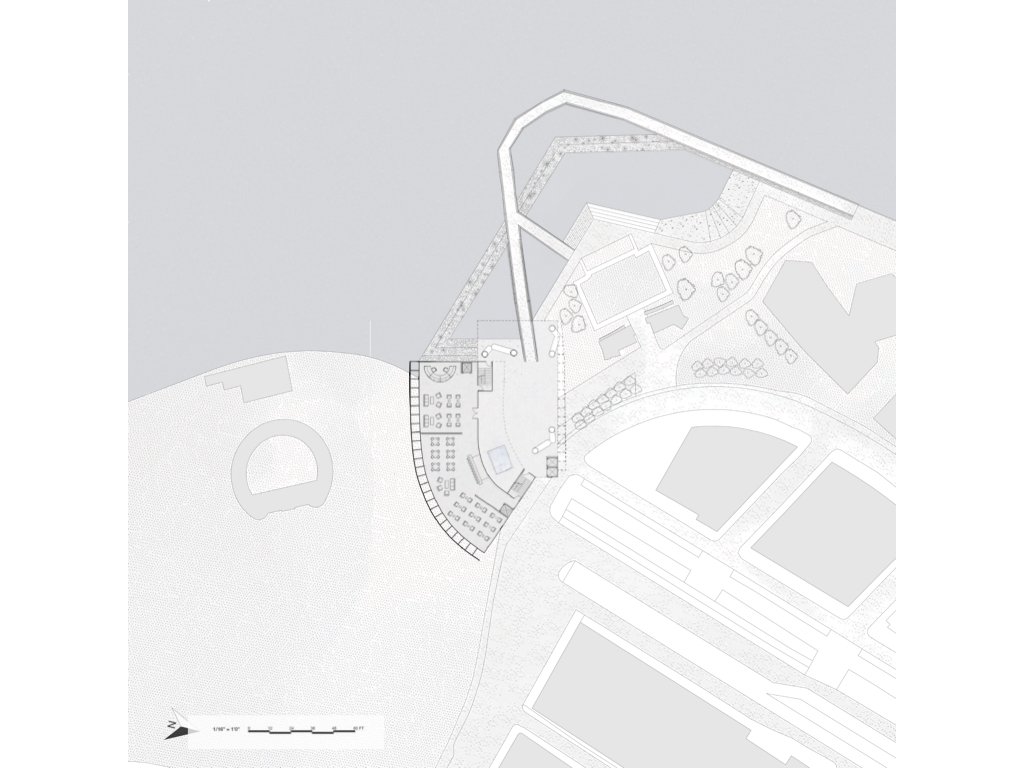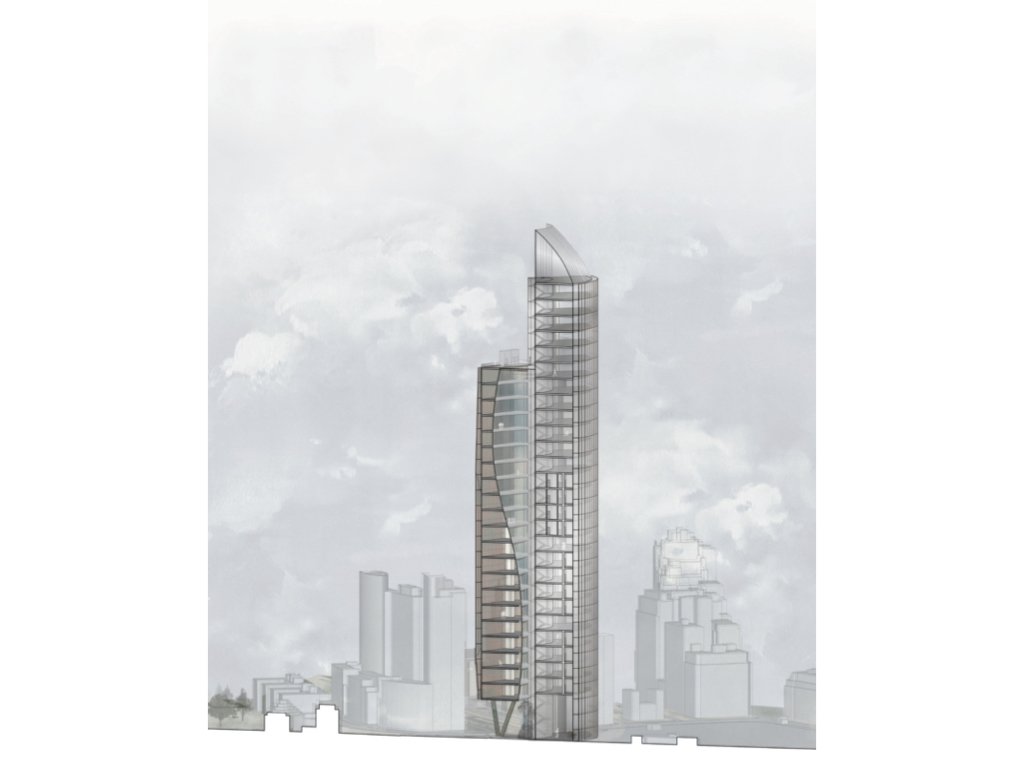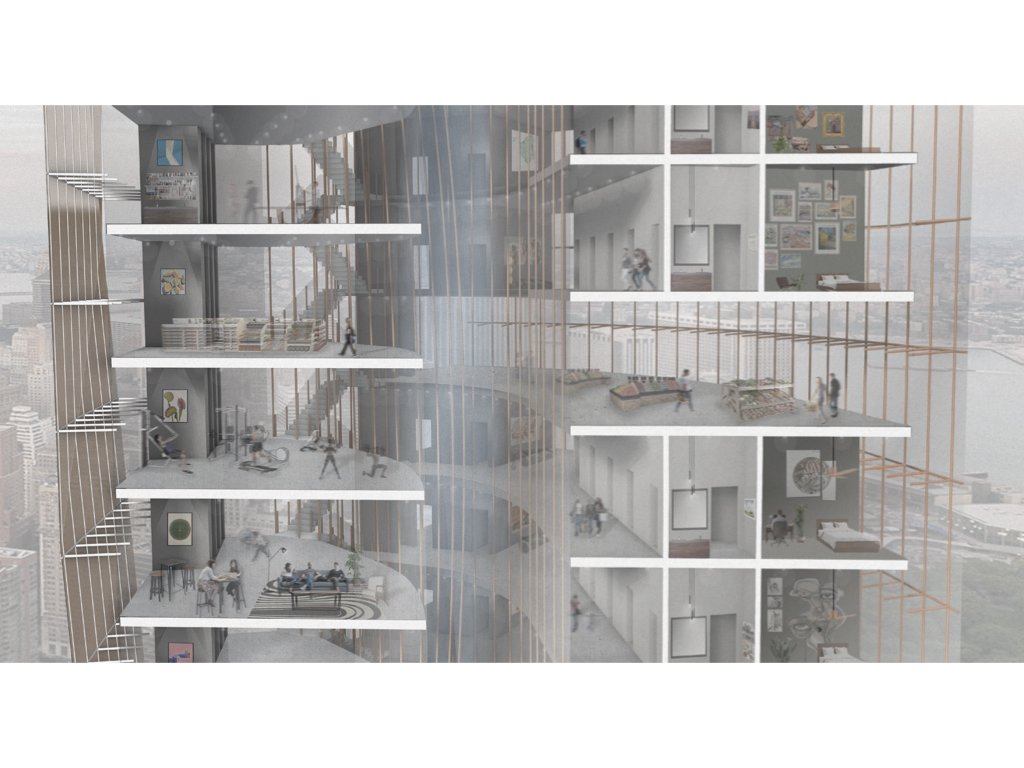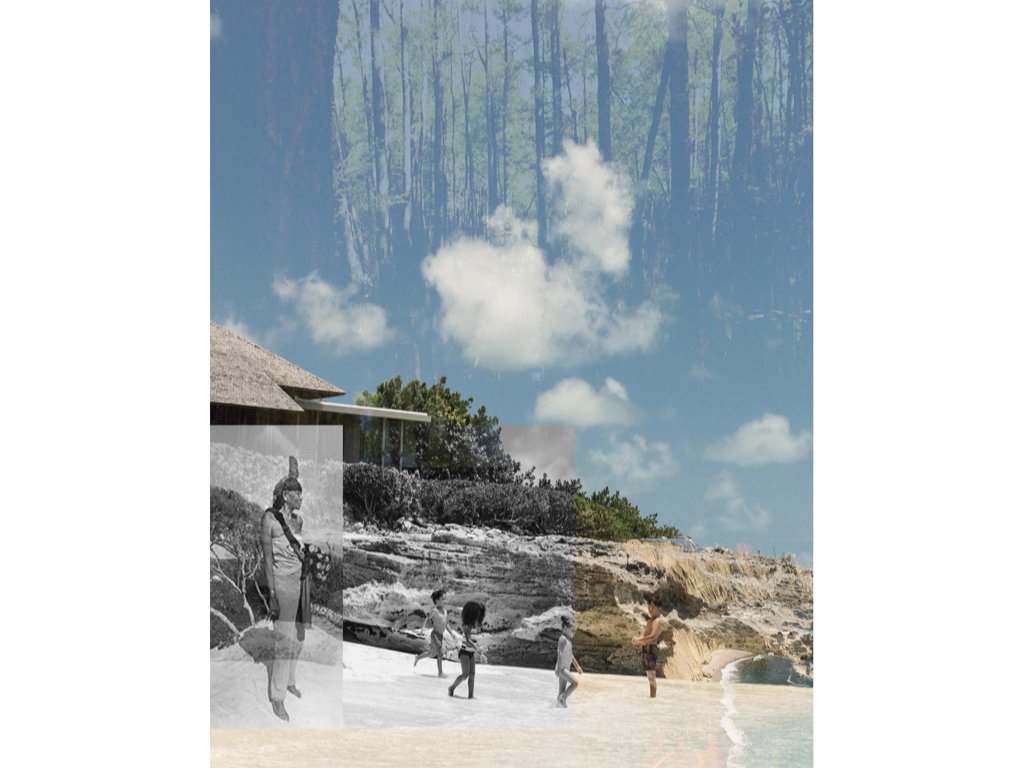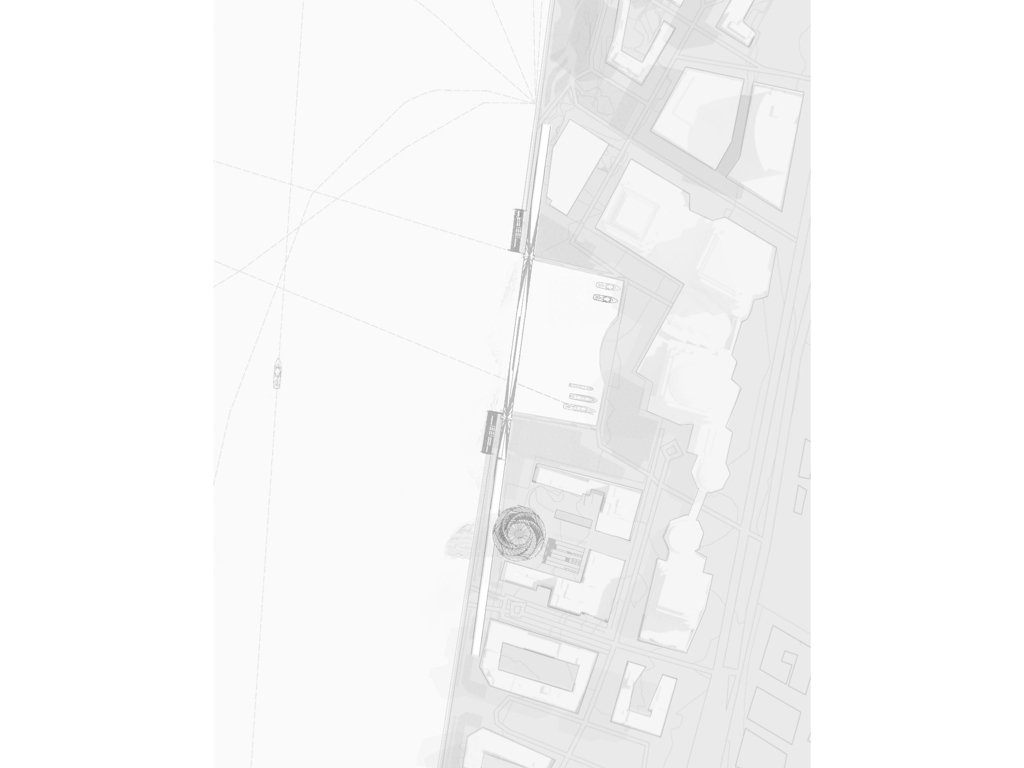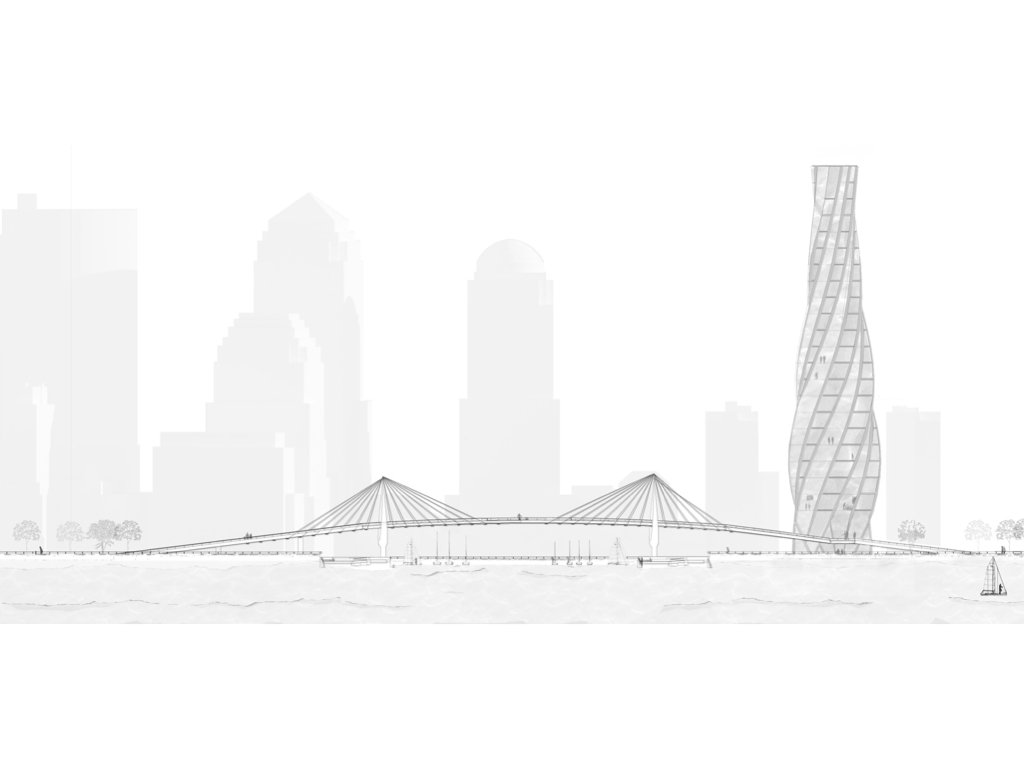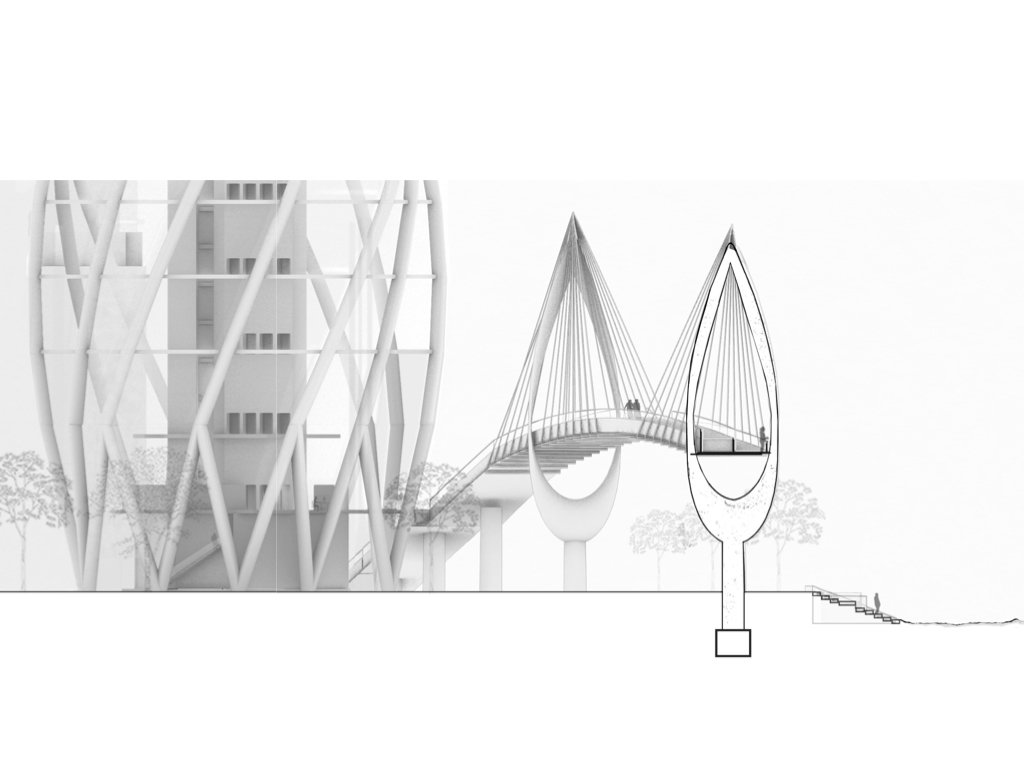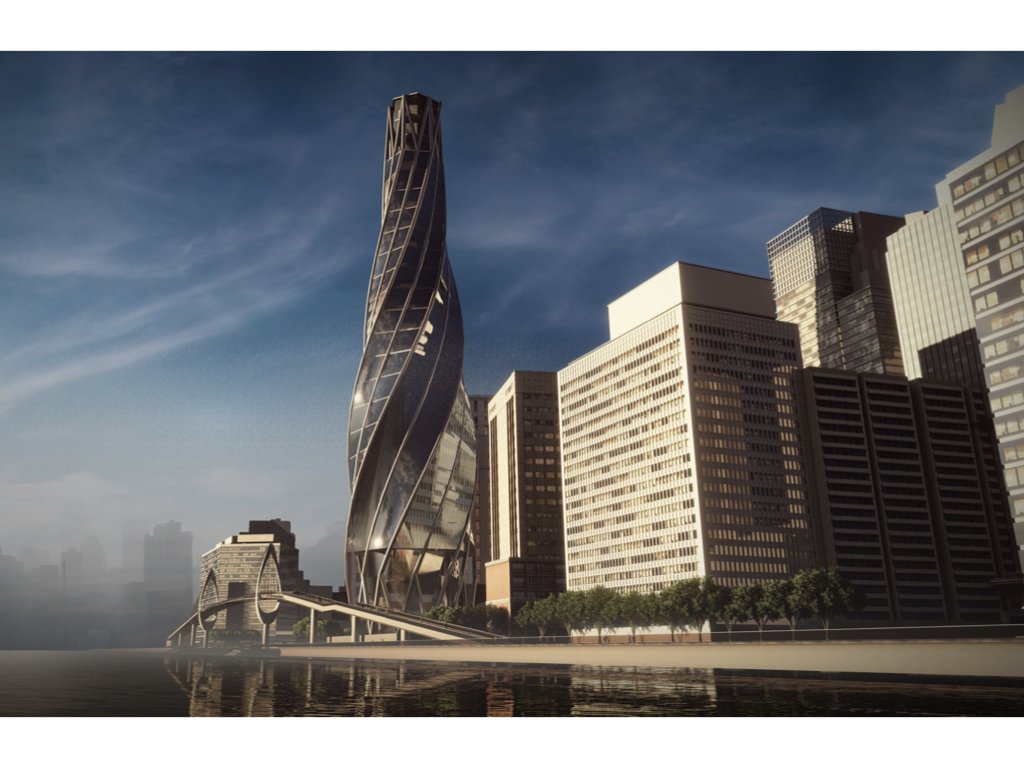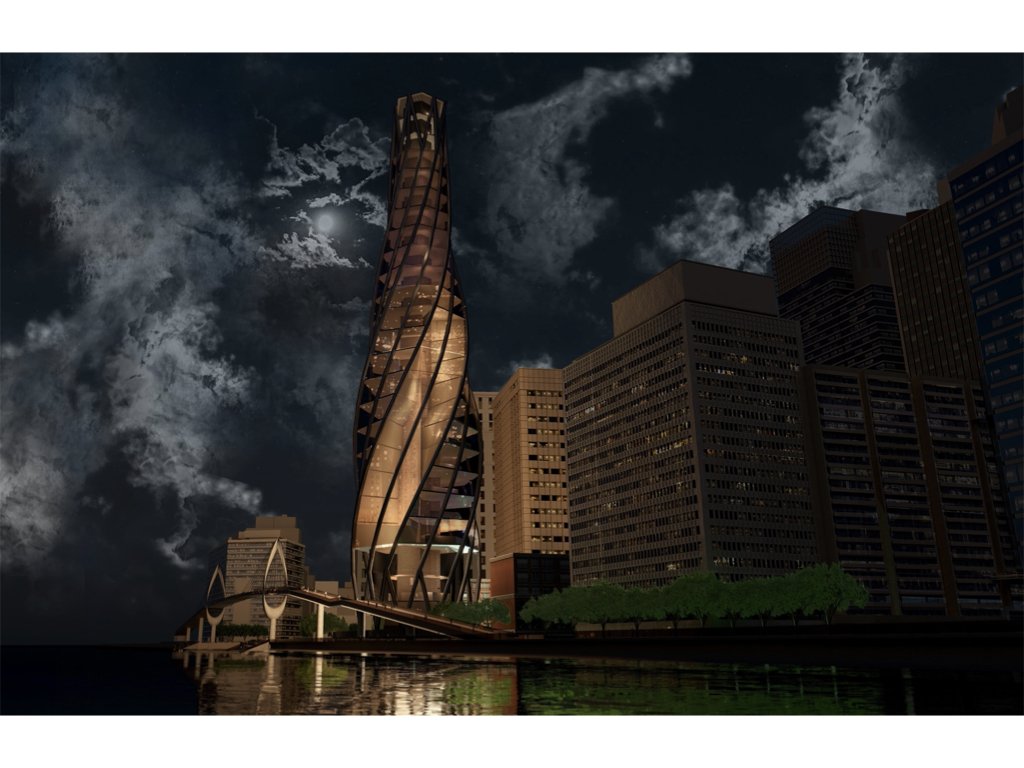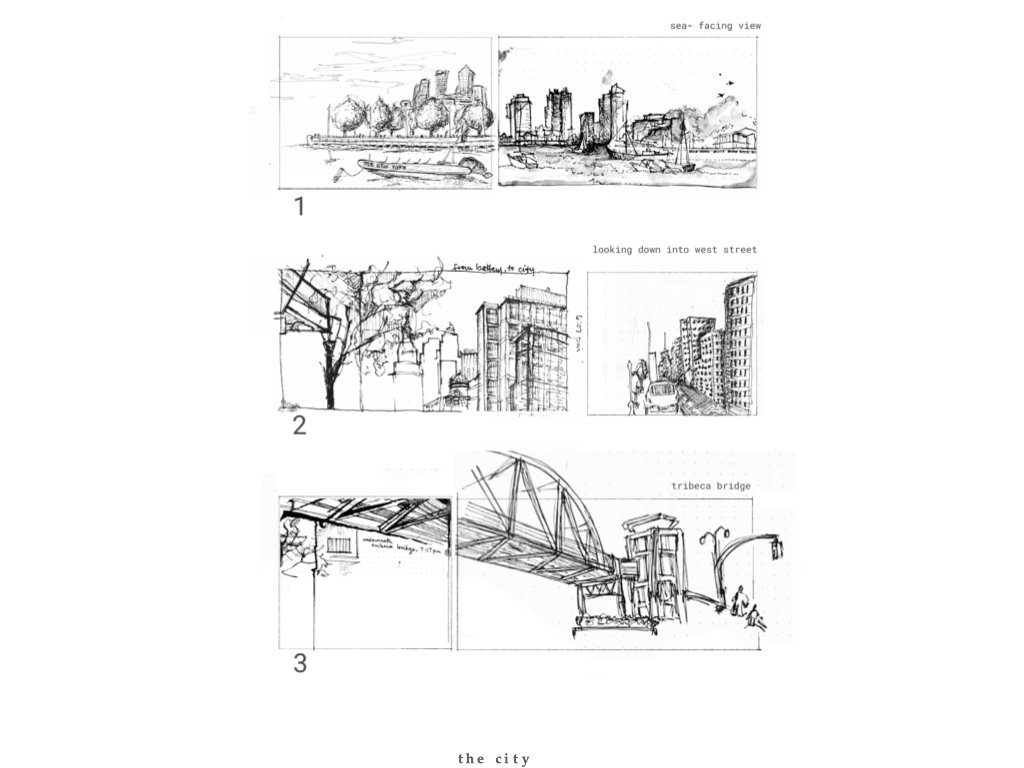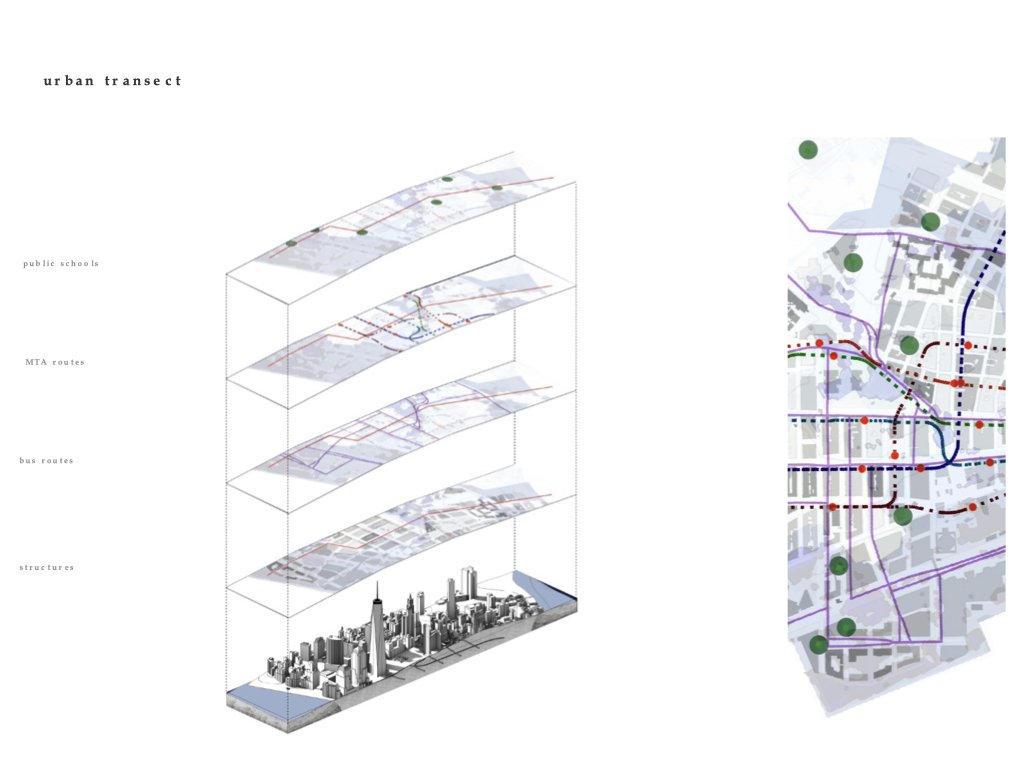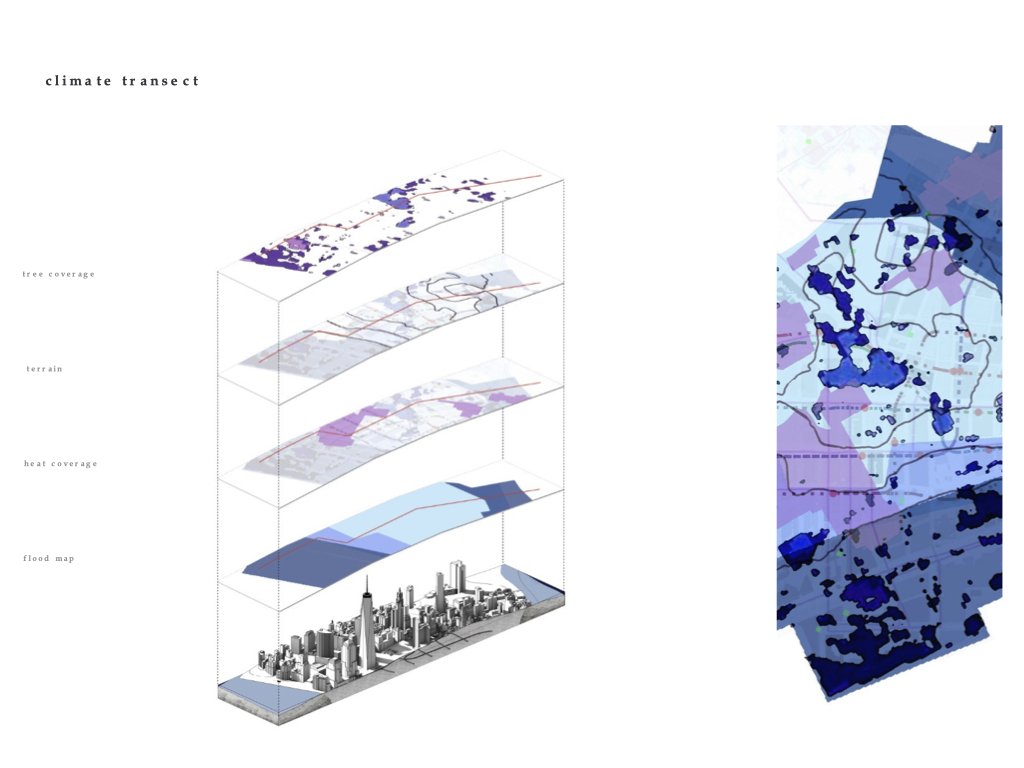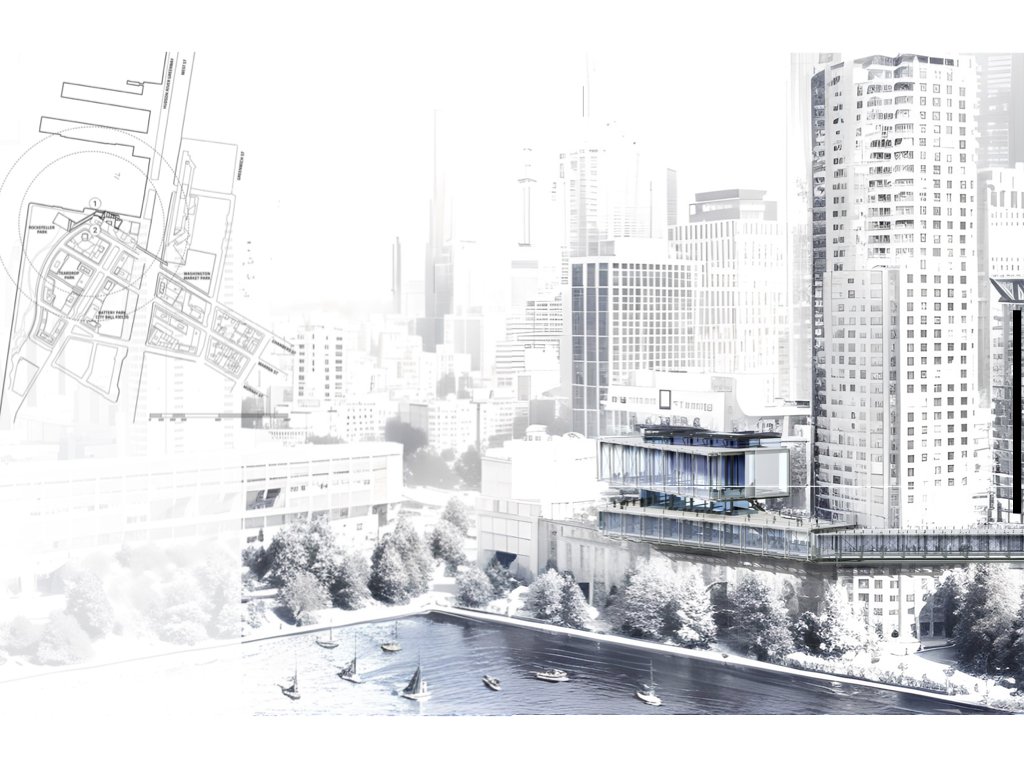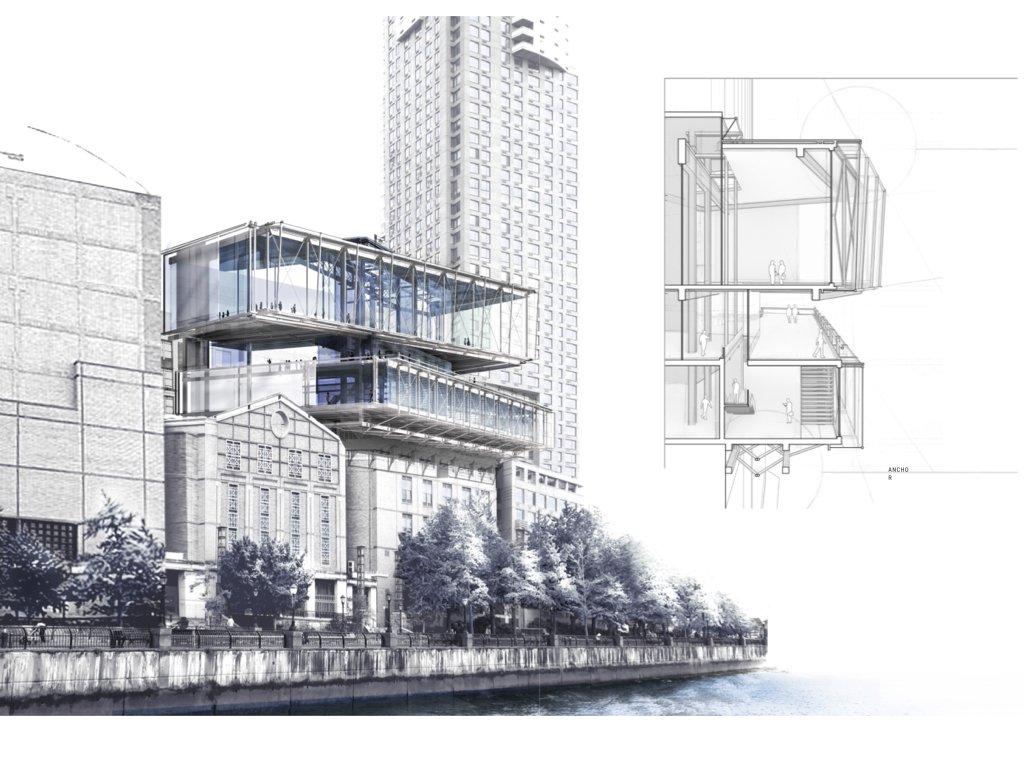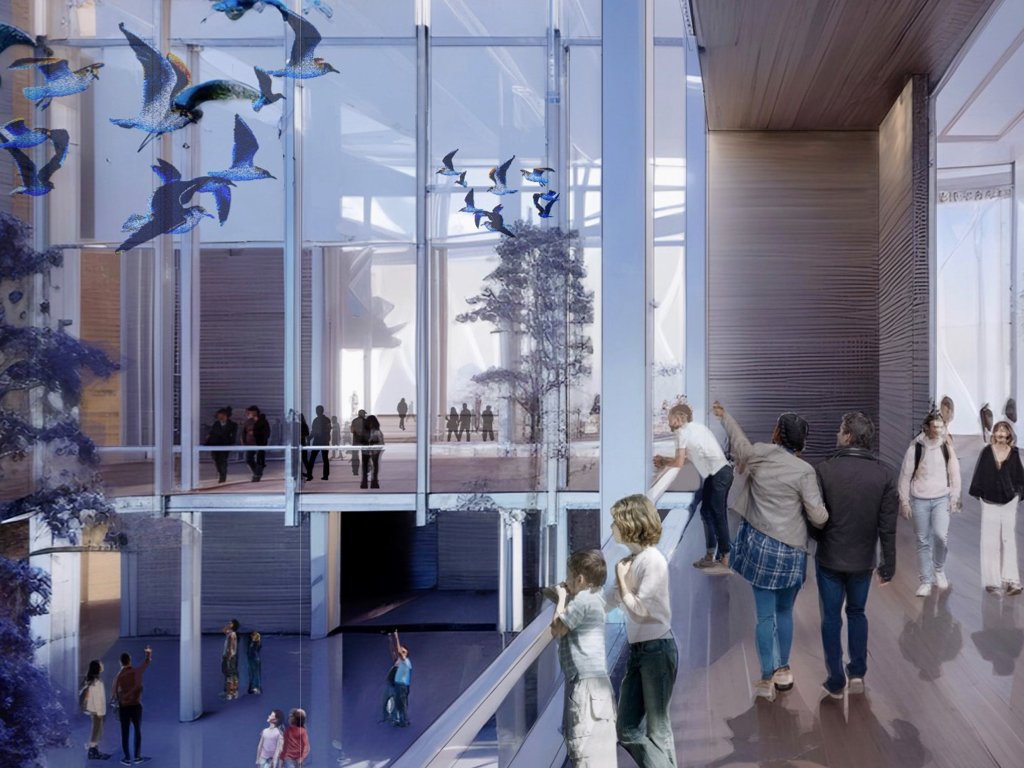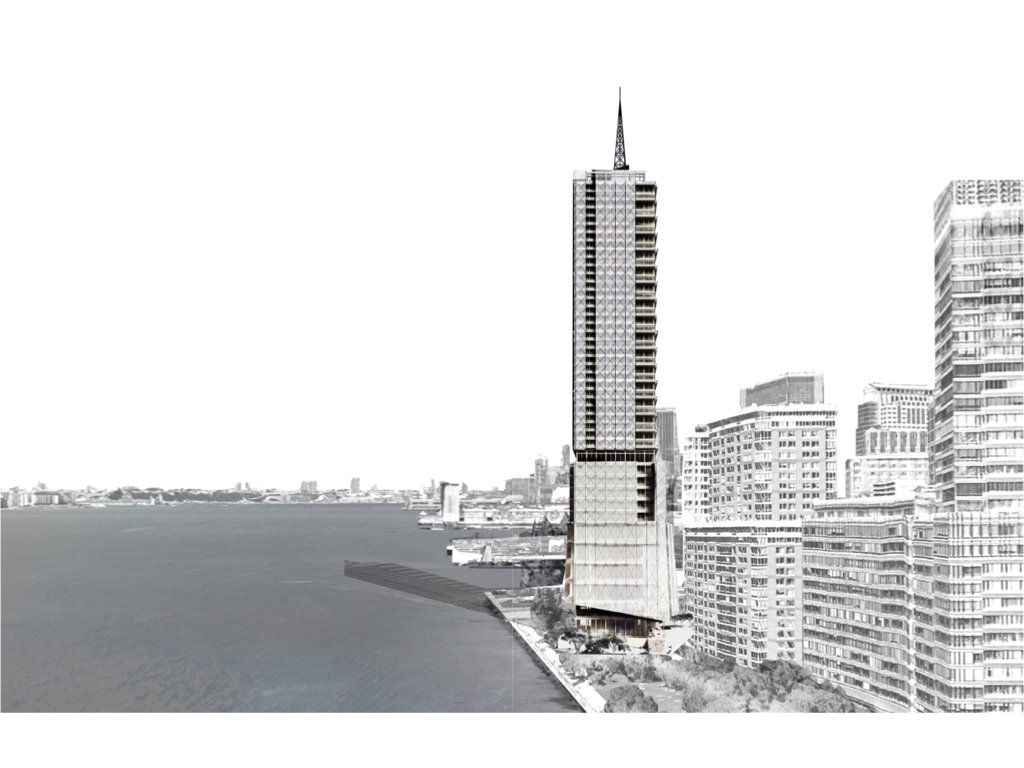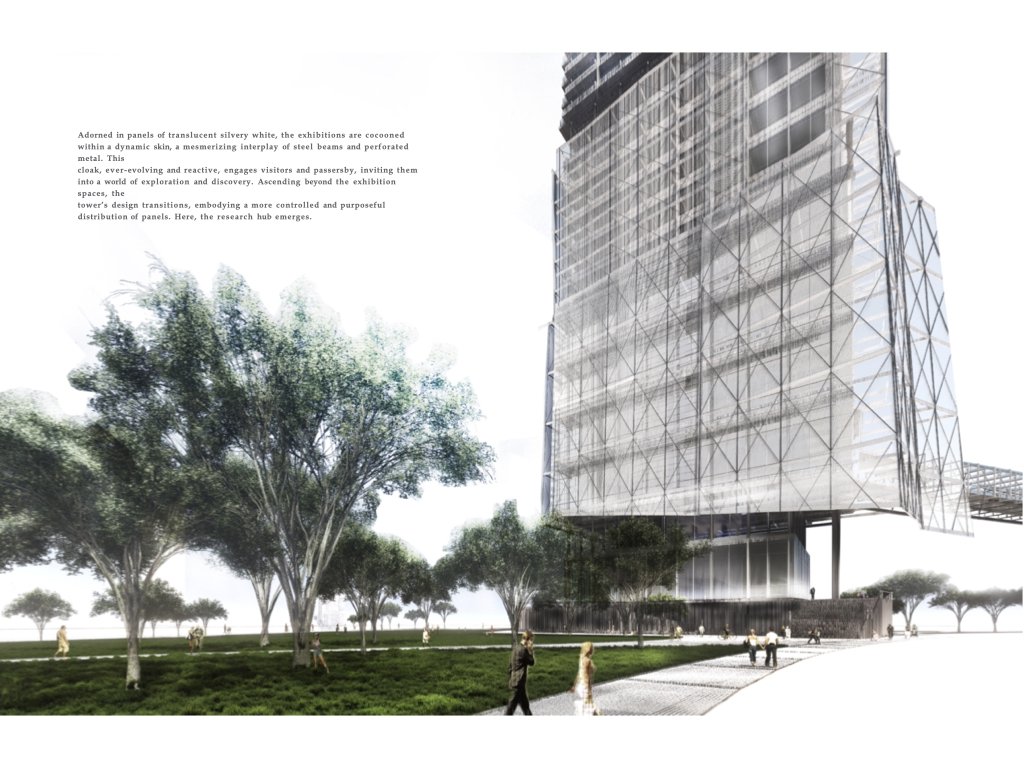This class followed a design workflow that embodies the concept of "Harmony in Co-Creation" reflecting on the profound implications of quasi-autonomous design for the future of architectural design. Employing a multidisciplinary approach, this developed workflow integrates artificial intelligence (AI) algorithms, Geographic Information Systems (GIS) mapping, and game engines to enrich students' comprehension of site dynamics and design potentials. The class explored two distinctive projects designed to test the proposed workflow. The initial project prioritizes site analysis using AI-driven social media analysis, GIS mapping, and transect analysis. Imaginative interpretations like hand-drafted collages and atmospheric images complement it. Incorporating an AI-powered search engine for precedent analysis informs the design of a structurally informed bridge through generative algorithms.
Moving to the second project, students collect on-site data to validate their initial site analyses and bridge designs. Leveraging structurally-informed generative algorithms, the design process extends to create a mixed-use tower seamlessly linked to the previously conceived bridge. The class concluded with reflections on the innovative methodologies embedded in the workflow and their potential to shape the future of architectural education. By bridging digital technologies with physical site experiences, this design studio course equips students with comprehensive skills to navigate intricate urban contexts and bring forth innovative architectural solutions. "Harmony in Co-Creation" prompts readers to reflect on the profound implications of quasi-autonomous design within the evolving landscape of the design industry.
Sample of Student Work
